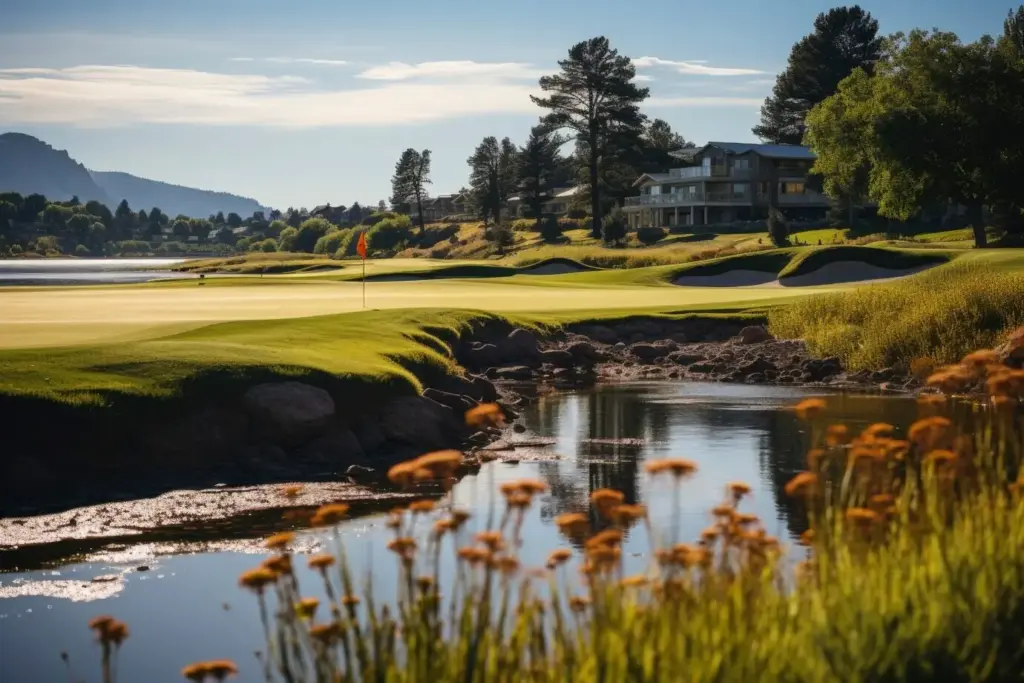Shaping Landscapes: The Art of Golf Course Architecture

Reading the Land Before Moving Earth
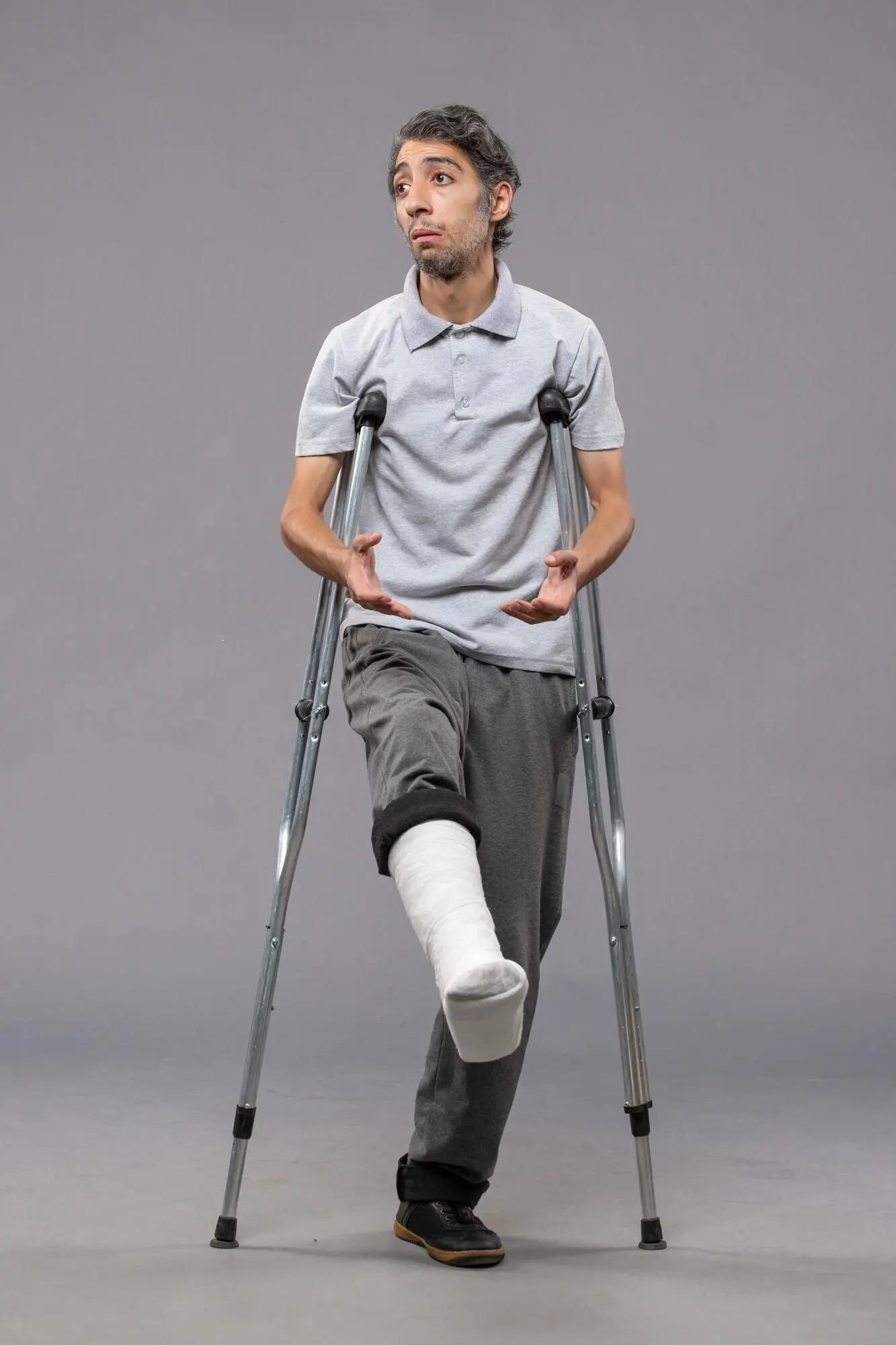
Topography, Wind, and Sun Angles
Contours dictate options, not commands. A fairway sliding along a shoulder can open multiple lines depending on prevailing winds and seasonal sun angles. Morning light reveals hazards differently than late afternoon glare, so tee orientation, landing widths, and green entrances should choreograph visibility and comfort throughout changing conditions.

Soils, Drainage, and Water Movement
Soils tell the budget’s truth. Sandy profiles invite firm, fast play with minimal inputs; heavy clays need subsurface solutions and precise surface grades. Mapping perched water tables, historic wet spots, and micro-saddles enables subtle shaping that sheds water, protects turf health, and keeps fairways playable after storms without costly, constant pumping.

Ecology and Cultural Layers
Every property carries living and human histories. Preserving native corridors, stone walls, hedgerows, and sightlines to heritage features deepens identity and reduces maintenance. Early coordination with biologists, historians, and permitting agencies avoids redesign shocks, supports biodiversity, and wins community trust, creating golf that coexists gracefully with neighbors and nature.
Greens: Contours, Speeds, and Pinable Space

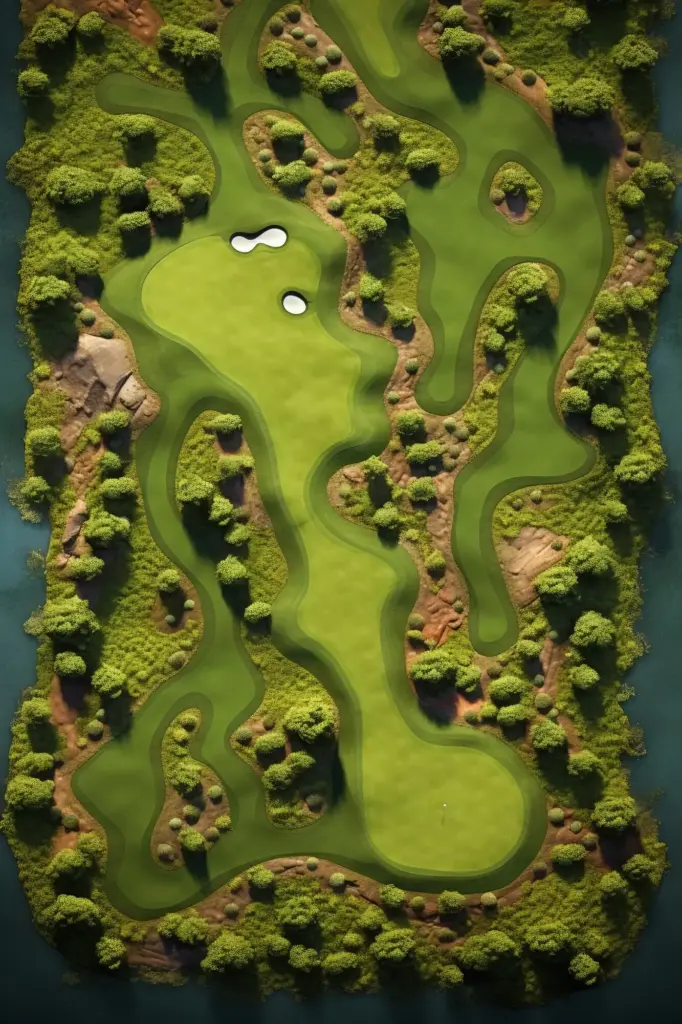




Bunkers, Hazards, and Visual Deception






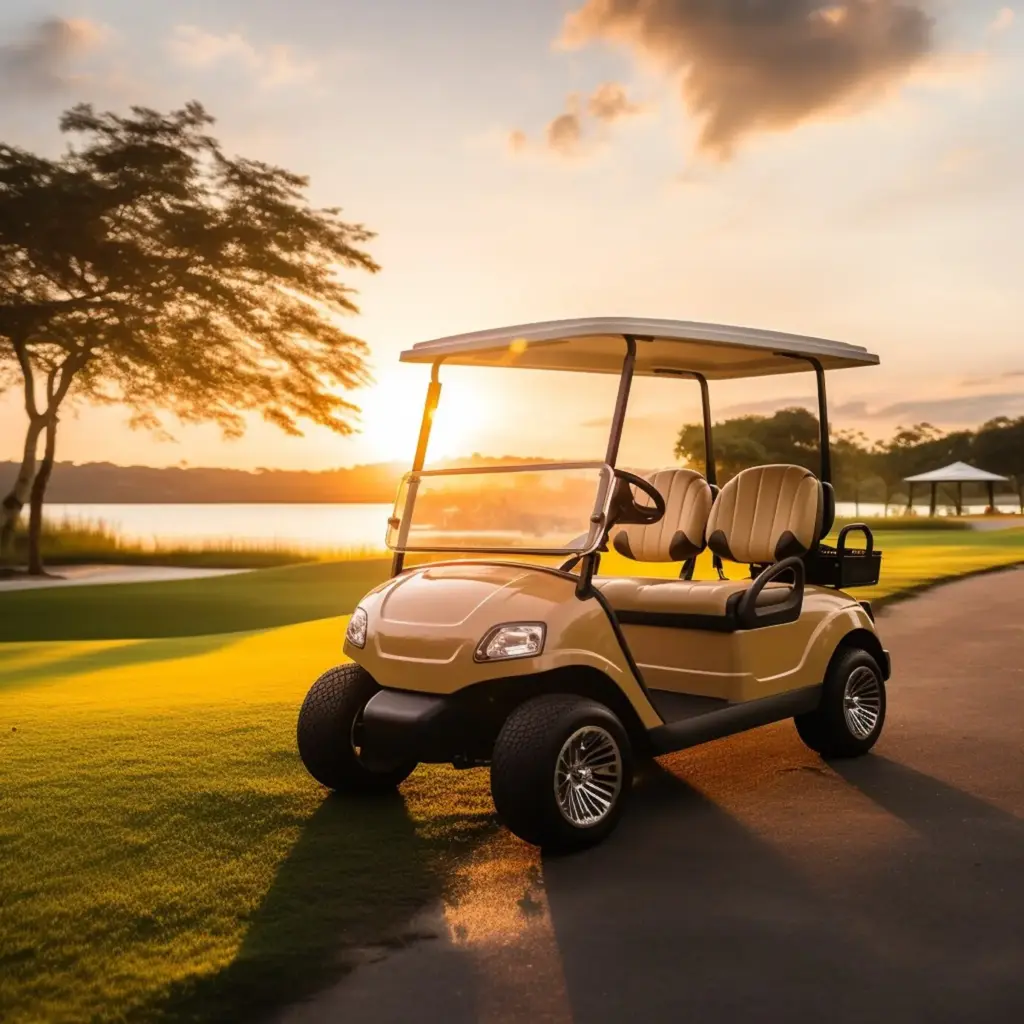

Sustainability and Water Stewardship
Player Experience and Inclusivity


Multiple Pathways to Par
Width with intent invites creativity. Provide angled layups for shorter hitters and bold carries for longer players, both converging toward thoughtful green sites. Forward tees should offer dignity, not detours, with compelling vistas and achievable carries so every group member can share decisions and celebrate small victories.

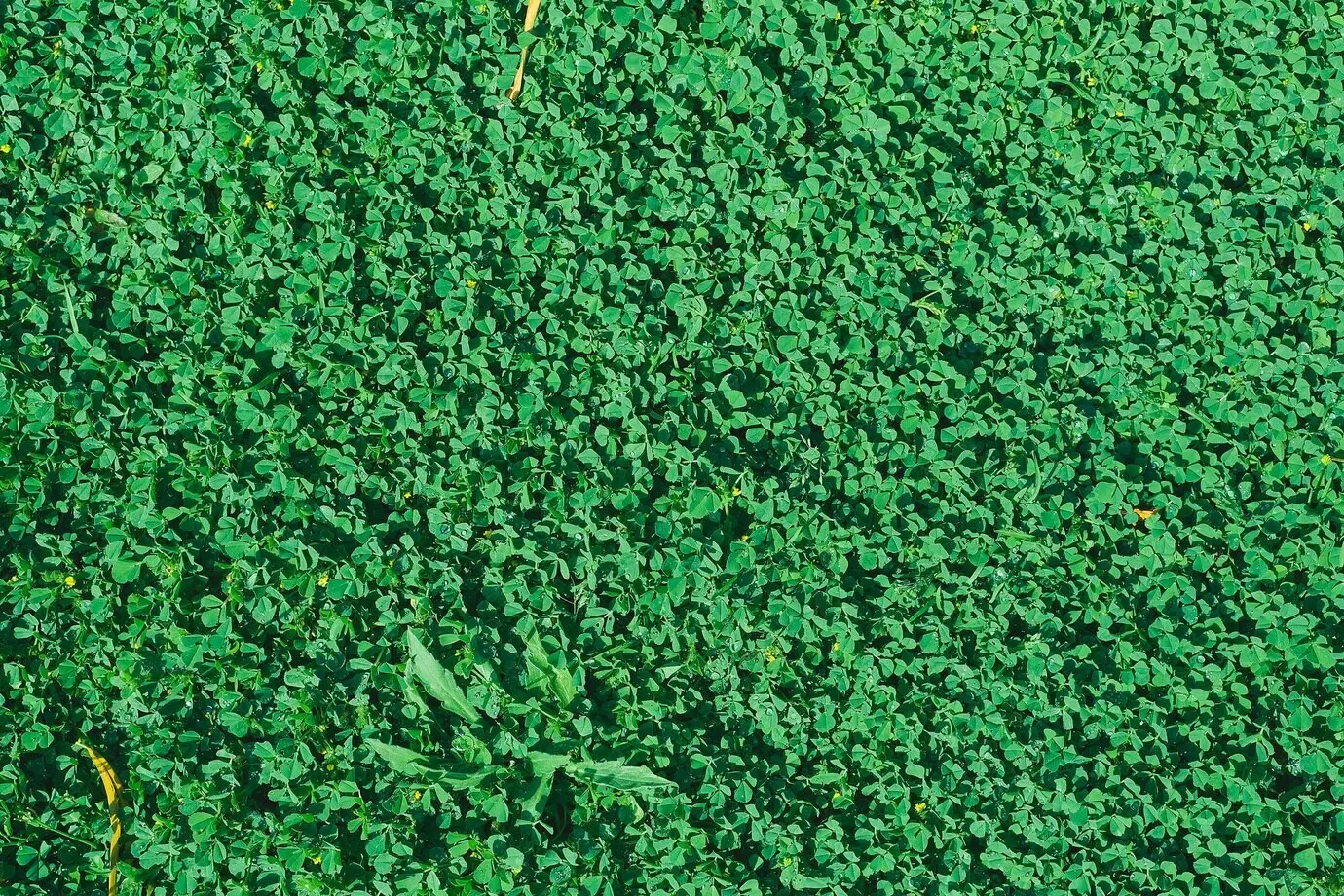
Accessibility, Safety, and Flow
Shorter green-to-tee transfers reduce fatigue and speed rounds, especially for walkers, juniors, and seniors. Clear crossings, subtle fencing, and intuitive signage protect players without visual clutter. ADA-friendly paths and seating integrate gracefully, supporting inclusive experiences that respect different abilities while maintaining the course’s aesthetic coherence and operational efficiency.
All Rights Reserved.

